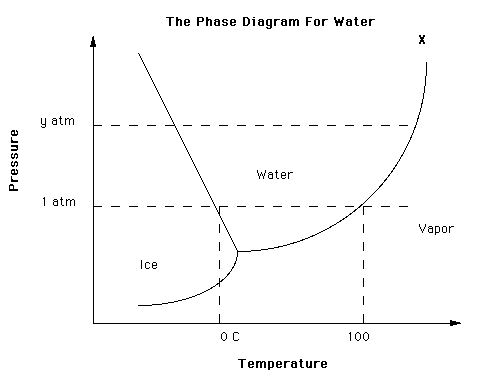Mechanical weathering produces ___________.
When liquid water freezes:
What is the term for the general process by which rocks are broken down at the Earth's surface?
which of the following affect the rate of weathering?
Soil is composed of ____________ .
In which of he following climates will chemical weathering be most rapid?
Which of the following statements about weathering is false?
Which of the following minerals has a low solubility and therefore is least susceptible to chemical weathering at the Earth's surface?
The rate of chemical weathering is increased by acids. The most common natural acid on the Earth's surface is ________ .
Carbon dioxide makes up about _______ of the Earth's atmosphere.
Carbonic acid, the primary agent of chemical weathering is produced by ________ .
Which of these is least likely to form a clay mineral during weathering?
Caves are most lively to form in which of the following rock types?
Which of the processes is not an example of chemical weathering?
As a rock breaks into smaller pieces, the surface area to volume ratio ______ .
The physical and chemical weathering of a granite will produce ________ .
The deep red color of solis found in Georgia and other warm, humid regions in caused by ______ .
Which of the following factors would increase the rate of weathering?
The major source of aluminum metal, _______, is a clay-rich ore composed of aluminum hydroxide.
Fe3+ refers to ________.
Which of the following minerals is most stable at the Earth's surface?
A substance that releases hydrogen ions (H+ ) to a solution is called a(n) ______.
What is the term geologists use for the layer of loose, heterogeneous weathered material lying on top of the bedrock?
Which of the following farming practices helps to prevent the erosion of topsoil?
What is the name for soils that are rich in calcium
The physical and chemical weathering of a granite will produce __________.
In the atmosphere, carbonic acid forms from the reaction of carbon dioxide and ______.
Which of the following minerals found in a granite is not altered by chemical weathering?
Which of the following minerals would be most likely to form a clay mineral during chemical weathering?
Which of the following factors would increase the chemical weathering rate?
Which of the following conditions promotes slow chemical weathering?
Which of the following human activities has resulted in increased rates of weathering?
One expects talus cones to be most abundant in areas:
Exfoliation domes form from:
Laterite solis:
Try these fill-in-the blanks
Return to the Physical Geology Home Page

